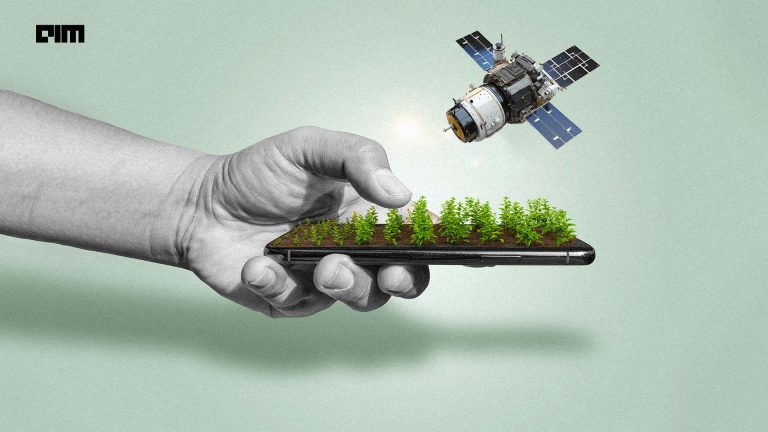The coronavirus pandemic has brought urgent global attention to illegal wildlife trade that has been spreading through complex and global supply chains. Globally the illegal wildlife trade industry is estimated to be worth around 20 bn dollars annually and is driven by a worldwide network of corruption, greed and ignorance.
Report from the UN on the state of biodiversity of the planet is alarming and alerts that human-induced pressures are causing an unprecedented crisis on the health of our biodiversity. The premise of that report is that we are on the verge of 6th mass extinction. At present rates of decline, we could lose one million species to extinction, many of them within the next decade itself. Illegal wildlife trade is both directly and indirectly responsible for this major collapse in biodiversity health.
The Challenge
Governments, international NGOs and global organizations are working together to address and tackle this growing menace. And analytics technology is coming to help here. Although there are strict laws in place, their enforcement and tracking are only successful to a limited degree. Tech is lending a helping hand with big data and automation solutions. The cloud, AI and data-driven technologies are becoming of increasing use for conservationists and policymakers to design effective programmes and tackle the entire illegal wildlife supply chain from bottom to top levels of the pyramid.
How Analytics Technology Is Coming To The Aid
Internationally, countries have designated special zones, in the form of national parks and wildlife reserves where strict laws are in place to prosecute offenders. However, the challenge arises concerning tracking illegal activities due to the lack of sufficient resources. Especially at nature parks, which cover hundreds of square kilometres; effective monitoring to cover every inch space is difficult. Sophisticated technology is aiding human rangers through drone-based and other forms of surveillance tech to increase their footprint, where they can’t be available themselves.
For example, some African governments have initiated SMART to tackle this issue of wildlife trade. SMART enables conservation teams to collect, analyze and share data on wildlife, illegal activities and protection patrols, leading to better-targeting of the resources as well as more agile responses.
By empowering rangers and providing them with seamless data tracking technology, SMART is helping to monitor animal movements, poacher activities and then going forward, it can be used to provide valuable behavioural information regarding animals.
With camera traps and other passive sensor technologies, the park administration can collect and monitor incredible amounts of wildlife-related information. The challenge here is that with so much image and video-based data points collected, processing such a tremendous amount of information will take time to deliver useful insights, and will typically also require huge investments into physical infrastructure.
Another difficulty with such a set-up is that it creates siloed information, which makes it difficult to get a big picture view across the global network of organizations working for wildlife protection and conservation.
Cloud-based tech is helping conservationists deploy the technology quickly without the need to provision, operate and maintain expensive physical infrastructures. Cloud technology enables wide-scale accessibility, helping teams and organizations, spread across vast geographical distances, to share information, collaborate on insights, and unify data sources. Hence, it makes it possible to pool the resources and capabilities together to deliver more significant results to wildlife conservation efforts.
Another frontier has been the emergence of the dark web, and other online platforms where transactions and conversations occur between the buyer and sellers. It is a pressing challenge which is expanding the footprints of the crime over the web.
AI-enabled technology is helping to scrape vast amounts of information from the web to track and identify illegal transactions or conversations around wildlife trade and prevent it from taking place. For example, technology named AI guardian has been trained using the images that IFAW has accumulated in the past decade. Early in 2017, several Chinese internet giants, including Baidu, Alibaba and Tencent, initiated an alliance to pool together their technology investments to arrest online trading in wildlife parts.
Sensor and analytics technology can help monitor the health of released species that are bred in captivity, and then released into the wild. IoT technology is used for sensors to pick up geolocation data as well as data related to blood pressure and pulse, send them to a gateway, then over to the network; and then integrate it into a platform to provide a unified and clear view.
By tracking changing patterns within population data, conservationists can monitor population changes and keep a finger on the pulse that translates into actionable outcomes for a better future. With AI-designed smarter tracking systems, it is helping alert government and wildlife officials to suspicious financial transactions originating potentially from wildlife crime.
Tech is also providing ancillary benefits. By empowering local communities through tech, it is helping with job creation, as well as to upskill themselves and increase their economic opportunities.
By integrating the multiple data points, and providing the team with a single source of truth, data analytics is helping define management strategies of these parks, to become more lean and efficient, while also providing the donors with greater visibility into the ground reality of operations.
For example, Google’s Wildlife Insights project; leverages Artificial Intelligence and Cloud Technology to fast process images and other types of sensor data collected on the field. By applying intelligent algorithms to classify data captured for types of species, as well as removing blank images, it provides policymakers with accurate and quality insights at the points of action, through their preferred platforms.
Wrapping Up
Wildlife crime has become organized, global, complex and hugely nefarious innovative in its techniques. Despite growing prosecution, the high profitability and low risk in certain countries are affecting the ability and leaving us chasing the loose ends. We need to find a standard solution to address this growing challenge, for the better sustainability and more ecological future of our planet. Analytics technology is a crucial investment that can help conservation-focused organizations make the right investments to address and contain it while providing government and policymakers with accurate insights to devise stronger conservation measures so that our future generations can live in a world teeming with wildlife


















































































